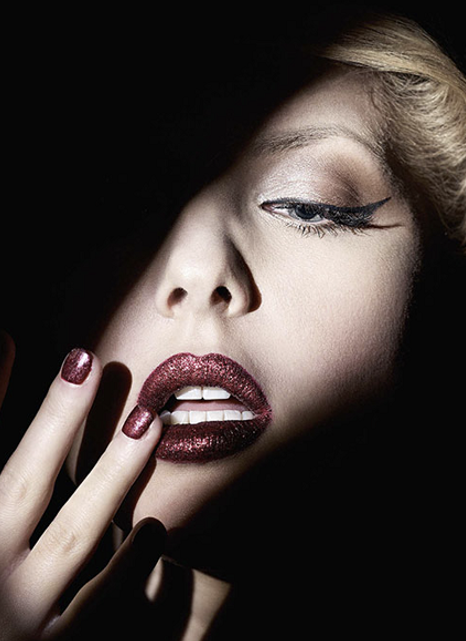The exhibition of Saint Petersburg artist Arthur Molev consists of two different projects on Christian themes. The paintings of the series “Garden of Eden” and the series of graphic works “John” follow the author’s traditional principles of children's creativity
Molev is really fond of the Enlightenment tradition of idealizing the child's pure innocent perception of the world and identity of children’s view. According to the author, especially valuable and daring works are artworks of preschool children “who have not started to be taught yet”. The author cultivates an image of a naive contemplator and tries to match this image. He tries to ignore the history of art and forget his own large experience.
The art project “Garden of Eden” is a symbolic breakthrough of sophisticated Petersburg artist Arthur Molev who followed God from the low place to the high place. As for the artworks, the artist has managed to touch the Earth using the inner children’s vision. Commenting on the series of paintings, Molev said that he tried to reach an aim to give vent to emotions through colors to paint each animal. He allowed himself the luxury of senseless auto painting. As for the result, the nature of each animal was shown without deep sophisticated colors and maintaining harmony. The religious comments of the artist turned into references to his favorite rock music. For example, he said: “My every beast is like an Andy Warhol’s unpeeled banana and ready to be on the cover of 'The Velvet Underground'”. The animals of Arthur Molev are good and different like the inhabitants of the Garden of Eden. Only two large-scale paintings break this idyll. As for the first painting, there are the first people with the serpent. The people are nude. Their genitals are painted in a childish manner. As for the other painting, there is an army of angels with swords, which are ready to attack the voluptuous people.
A good addition to this exhibition will be animal drawings created by children together with Arthur Molev. They are going to take place at the exhibition in a few days after the opening day.
The original illustrations to “The Gospel of Saint John”, painted with oil pastels, show us the same inner child of the artist. At that time Molev played with lines. The idea of the series came to the author in the kitchen again. The stained glass window with the picture of the crucifixion reflected on the table in a very interesting way. The artist took a craft sheet and drew the reflection. Molev was amazed by the result and began working on the series of drawings. The idea was to do something radically different from the Gustav Dore engravings and the traditions. But the first colorful illustrations had something in common with medieval book illustrations. Molev showed his “childishness” there choosing evangelical subjects. He painted things that always amazed and surprised him when he read the Gospel of John, such as the spectacular scenes and mysterious poems. Some symbolic episodes that formed the basis for the Christian sacraments are painted there originally. It can be a sign of the pure perception, which the artist appreciates a lot.









